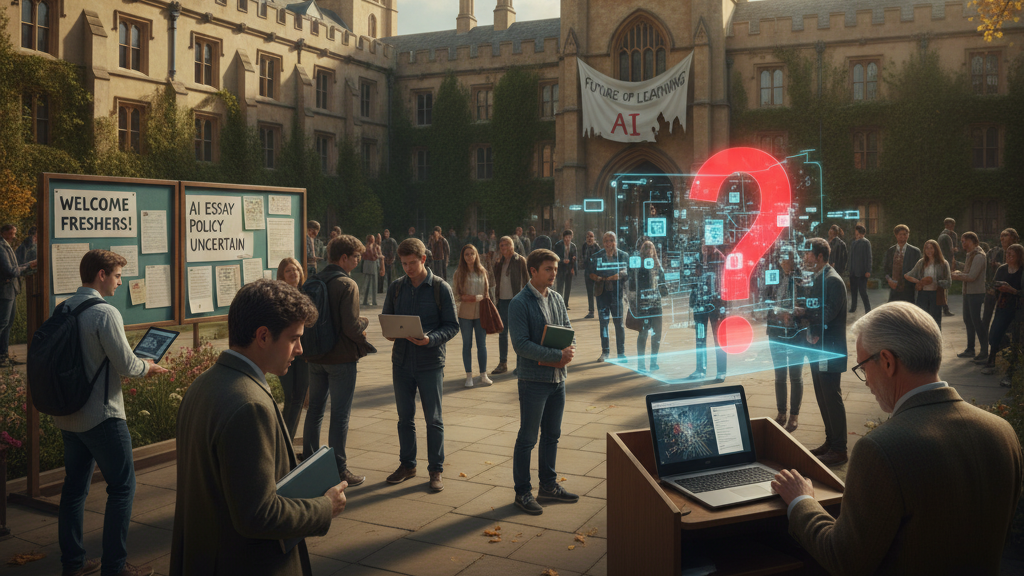
Source
The Los Angeles Times
Summary
Surveys and research suggest AI use is rising fast in education, with teachers and students showing different patterns of adoption and concern. Teachers tend to use AI for lesson preparation and administrative tasks, though many rarely use it in live instruction. Students lean on AI for concept explanation, research ideas, and summarising content, but worry about plagiarism risks, errant AI output, and negative academic judgments. The article surfaces a tension: AI can ease workloads and support learning, but its misuse or overreliance may erode creativity, trust, and academic integrity.
Key Points
- About 27 % of teachers across multiple countries use AI weekly for lesson planning, though half of those rarely deploy it during class.
- Teachers see AI as helpful in streamlining routine tasks but worry it may harm student originality and increase cheating.
- Students use AI mainly to explain concepts, summarise articles, and suggest research—but 18 % admit using AI-generated text in assignments.
- Two main deterrents for students: fear of being accused of academic misconduct, and concern about AI’s accuracy or bias.
- The surge in student AI adoption (from 66 % to 92 % in one UK study) reveals the speed with which AI is becoming a study tool, not just a novelty.
Keywords
URL
https://www.latimes.com/california/story/2025-09-27/what-students-teachers-say-about-ai-school
Summary generated by ChatGPT 5





